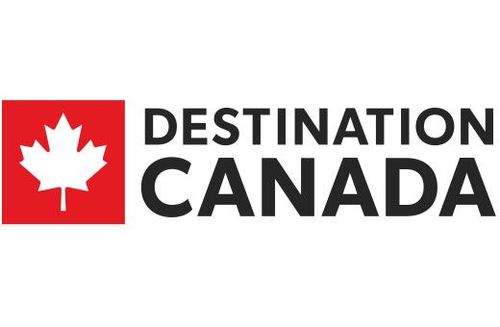Where travel agents earn, learn and save!
News / Destination Canada unveils fall tourism outlook
Latest outlook indicates full recovery for Canada’s tourism industry as early as 2024 - one year earlier than previously forecast

Destination Canada published its Fall Tourism Outlook which forecasts that despite ongoing challenges, the recovery trajectory for Canada’s tourism sector is strengthening, bolstered by the lifting of COVID-19 restrictions and resilience in travel demand. Leisure travel is now expected to recover to 2019 levels by 2024, considered a remarkable feat, one year earlier than previously forecasted in Spring 2022. Download the Fall Tourism Outlook here.
Domestic tourism will continue to lead the sector’s recovery with strong spending providing a foundation for brisk recovery to 2019 levels. Domestic travel market spending is expected to reach 92% of 2019 levels by the end of 2022 and fully recover in 2023.
The recovery of the US market, which is Canada’s biggest opportunity, is poised to accelerate in 2023, with spending reaching 91% of 2019 levels as lifted border restrictions and a strong US dollar encourage recovery. In 2024, spending by US travellers in Canada is expected to reach 112% of 2019 levels.
Visits from the US are projected to reach 82% of 2019 levels in 2023 and fully recover in 2024.
International overnight arrivals reached 61% of 2019 levels over the summer months of 2022. Tourist expenditures and international arrivals are set to return to a long-term growth trend by 2026.
This latest forecast also includes an extended model looking at the decade ahead as far as 2030. If Canada’s tourism sector continues on the current forecasted trajectory, it has the potential to bring in more than $142 billion dollars in 2030 - a 35% growth in just over a decade. This bullish 2030 forecast requires the competitive fundamentals to be in place.
Key Takeaways
- Full recovery of tourism spending in Canada is expected in 2024. However, in inflation-adjusted terms, real Canadian tourism spending will not fully recover to 2019 levels until 2026
- Destination Canada's forecast has shifted since the spring, and they can now optimistically predict that – with the right conditions in place – Canada is likely to hit closer to the upside of a $129B to $147B range in 2030
- Domestic travel market spending is recovering briskly and is expected to reach 92% of 2019 levels in 2022 and fully recover (in nominal terms) in 2023
- The US market is poised to accelerate in 2023, with spending reaching 91% of 2019 levels as lifted border restrictions and a strong US dollar encourage recovery. Visits from the US will reach 82% of 2019 levels in 2023 and fully recover in 2024
- Overseas markets are expected to recover more slowly with the effects of economic recession (Europe), travel restrictions (China), and weak travel sentiment (Asia) prolonged into 2023. Overseas travel to Canada will recover modestly to 64% of 2019 volumes in 2023 and will approach recovery in 2025 with 95% of 2019 volumes. Full recovery of overseas visits to Canada will occur in 2026
- Asian markets, including China, Japan, and South Korea will remain sluggish through 2023 due to an entrenched reluctance to travel long-haul. However, in the long-term China will outpace other international markets, with visitation reaching 134% of 2019 levels in 2030
- While downside risks to the forecast are notable, Canada is well-positioned to continue its recovery due to a resilient domestic market, competitive regional position, and pent-up demand for both leisure and business travel
Canada’s Tourism Sector by the Numbers
- One in 10 Canadian jobs is tied to tourism (9.8%)
- Small and medium-sized enterprises make up 99 per cent of businesses in Canada’s tourism sector, significantly contributing to Canadian livelihoods
- In 2019, Tourism directly contributed to more jobs (696,000 direct jobs) across Canada than jobs directly generated by agriculture, forestry, fishing, mining, quarrying, oil and gas industries combined (620,140 direct jobs)
- Tourism also added $45.2 billion to Canada’s GDP in 2019, a contribution that was on par with the GDP from agriculture, forestry, fishing and hunting combined









